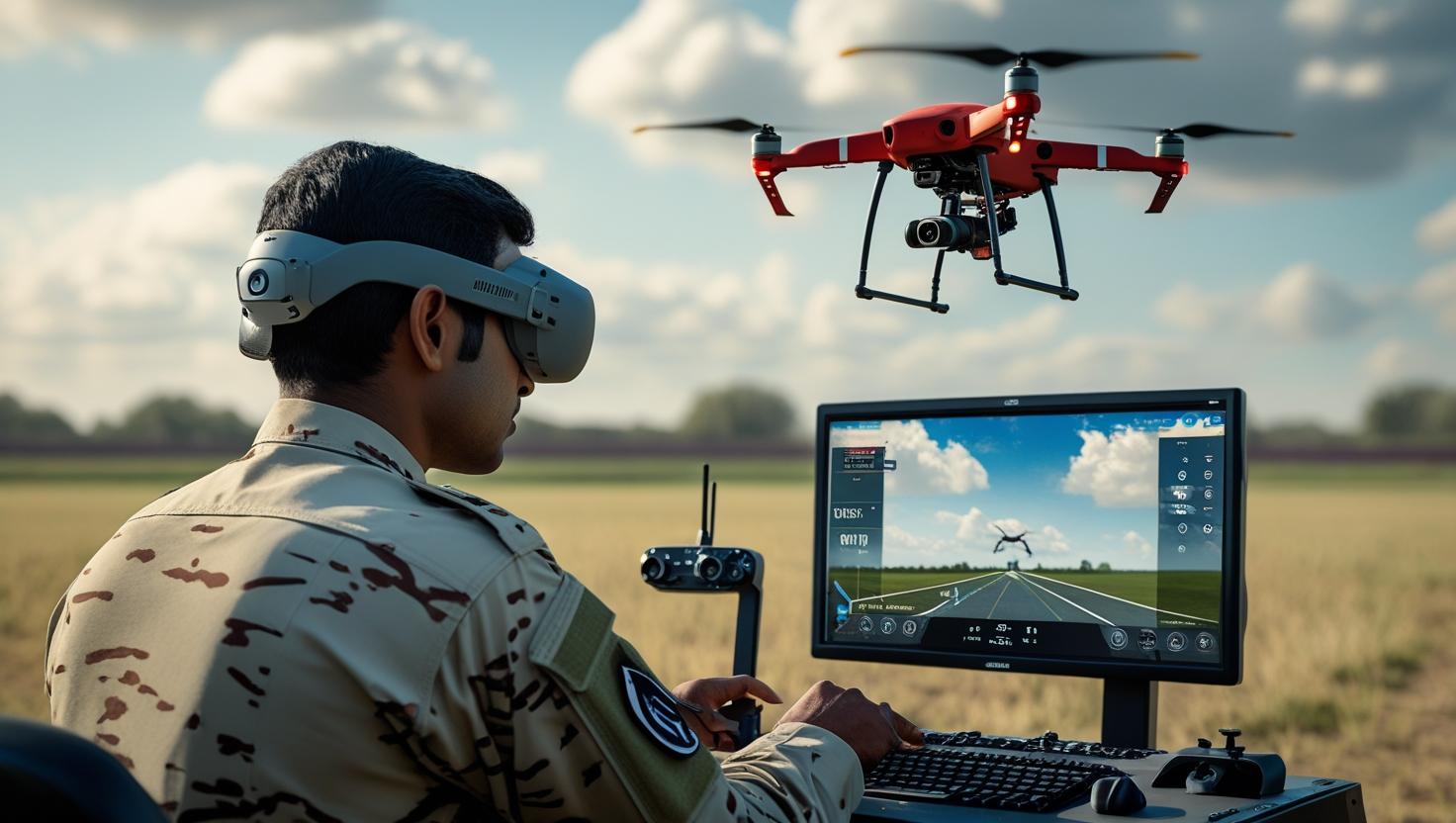10 Critical Mistakes Beginners Make When Operating Combat Drones

In modern warfare, every combat drone is more than just a piece of equipment — it’s a valuable tactical asset. Even the most advanced platform can be lost due to operator error. Effective drone operation directly impacts mission success and the safety of personnel. The team at Argument Technologies has compiled the most common mistakes beginners make — ones every new FPV or reconnaissance drone pilot should learn to avoid.
1. Lack of Structured Training
One of the most common risks is attempting combat flights without proper theoretical and practical preparation. Operators who lack basic FPV drone skills, can’t read telemetry, and don’t understand flight logic are essentially flying blind.
Example:
An inexperienced operator launched an FPV drone without prior simulator training. At 20 meters altitude, panic caused poor maneuvering, and the drone lost connection — crashing before reaching its target.
Recommendation:
Complete at least 10–20 hours of simulator practice and a focused field training course before engaging in real missions.
2. Skipping Pre-Flight Checks
Drone systems must be checked before every launch. Power issues, loose connectors, faulty antennas, or damaged props are often overlooked in haste.
Example:
In field conditions, a drone took off with an unsecured battery cable. After 15 seconds, power was lost mid-air, and the drone crashed near enemy lines.
Recommendation:
Use a pre-flight checklist: battery, mounts, signal, VTX, GPS, charge level, firmware updates.
3. Poor Terrain Analysis
Elevation, buildings, power lines, vegetation, and potential signal interference must be factored into flight planning.
Example:
A pilot launched in unfamiliar terrain without reviewing maps. Mid-flight, the drone collided with a power line hidden in descent path.
Recommendation:
Use up-to-date satellite imagery, terrain maps, and infrastructure diagrams. Pre-identify high-risk zones, dead spots, and areas of likely electronic warfare (EW) activity.
4. No Clear Flight Plan
Most mission failures stem from a lack of structured planning.
Example:
An operator launched without a defined objective or route. The drone hovered for over 3 minutes, burned through its battery, failed its mission, and didn’t return.
Recommendation:
Each mission must include:
-
Primary and backup targets
-
Route waypoints
-
Estimated flight time
-
Launch and recovery zones
-
Contingency plans for signal loss or changing conditions
5. Unstable Video Transmission or VTX Interference
Poorly configured video transmitters or overlapping frequencies between operators can blind the pilot.
Example:
Two FPV drones operated simultaneously on similar frequencies. The signals interfered, both pilots lost video feed, and control was lost.
Recommendation:
Set VTX channels according to a coordinated frequency plan. Always prepare a backup frequency. Check signal strength throughout the intended altitude range before launch.
6. Overloading the Drone
In attempts to “upgrade” drones, beginners add unnecessary weight — extra cameras, lights, or large batteries — without understanding the impact.
Example:
A pilot installed a GoPro Hero 10 without recalculating weight distribution. The drone lost maneuverability, overheated the ESC, and crashed in an active combat zone.
Recommendation:
Weigh every component carefully. Overloading is one of the most common causes of unstable flight and equipment failure.
7. Aggressive or Unstable Controls
Sudden stick movements, over-acceleration, or misunderstanding flight inertia can lead to loss of control and mission failure.
Example:
While approaching a target, a pilot made a sharp turn. The drone overcompensated, veered off course, lost the target, and collided with an obstacle.
Recommendation:
Practice smooth control inputs in a simulator. Learn to stabilize the drone during descent, navigation, and target approach.
8. Ignoring Weather Conditions
Even light wind or high humidity can destabilize flight or impair electronics.
Example:
An FPV drone entered a crosswind zone with gusts over 8 m/s. Wind drifted it off-course, preventing accurate target engagement.
Recommendation:
Always check weather before launch. For FPV drones without GPS stabilization, wind speeds over 5–6 m/s can be mission-ending.
9. Miscalculating Battery Life
Underestimating power needs for return trips or unexpected maneuvers can lead to in-air shutdowns.
Example:
A pilot used 85% of battery power on the outbound leg and scouting. On return, the drone lost power mid-air and crashed in open terrain, where it was destroyed.
Recommendation:
Plan flights to leave at least 20–25% battery for return. Never fly “to the last percent.”
10. No Post-Flight Analysis
Without review, a novice will repeat the same mistakes without understanding them.
Example:
A pilot repeatedly lost drones in the same zone but never reviewed logs. Eventually, it was found that enemy EW systems were active in that area — a fact that would’ve been visible through proper analysis.
Recommendation:
After every mission, review flight footage, telemetry, and decision points. Debriefing is key to professional growth.
Drones have become the smart weapons of the 21st century — but only skilled operators can truly unlock their potential. Discipline, analysis, focus, and flight control are what separate rookies from professionals.
At Argument Technologies, we don’t just build drones tailored for battlefield conditions — we also train operators, share field-proven methods, and offer ongoing technical support and upgrades. Our mission is not simply to provide hardware, but to ensure it is used with precision, effectiveness, and maximum impact.
